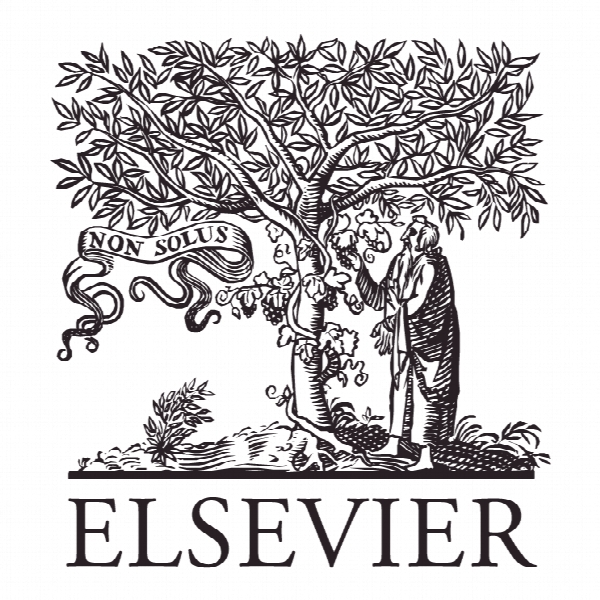اثر خاک سنگ بر روی مقاومت خمشی بتن Effect of quarry rock dust on the flexural strength of concrete
- نوع فایل : کتاب
- زبان : انگلیسی
- ناشر : Elsevier
- چاپ و سال / کشور: 2018
توضیحات
رشته های مرتبط مهندسی عمران
گرایش های مرتبط مدیریت ساخت و سازه
مجله مطالعات موردی در مصالح ساختمانی – Case Studies in Construction Materials
دانشگاه Civil Engineering Department – Kumasi – Ghana
منتشر شده در نشریه الزویر
کلمات کلیدی خاک سنگ، شن و ماسه، بتن، استحکام کششی، مقاومت فشاری
گرایش های مرتبط مدیریت ساخت و سازه
مجله مطالعات موردی در مصالح ساختمانی – Case Studies in Construction Materials
دانشگاه Civil Engineering Department – Kumasi – Ghana
منتشر شده در نشریه الزویر
کلمات کلیدی خاک سنگ، شن و ماسه، بتن، استحکام کششی، مقاومت فشاری
Description
1. Introduction Flexural strength of concrete also called modulus of rupture (MOR) is a measure of the tensile strength of concrete. It is an essential property in structural concrete design because it affects the flexural cracking, shear strength, deflection characteristics and brittleness ratio of concrete. Tensile strength has been conventionally defined as a function of compressive strength. The factors that affect this relationship between the two strengths include: level of strength of concrete, method of testing of concrete in tension, the concrete’s moisture content, texture and shape of coarse aggregate and size of specimen [1]. A number of empirical equations have been posited to relate compressive (fc) and tensile (ft) strengths. The formulae are of the form f = kf t C n where n and k are constants. For flexural tensile strength the k varies from 0.33 to 0.94 and n from 0.5 to 0.67 [2]. Although, most codes of practice recommend a square root function (n = ½) to relate flexural strength with compressive strength, it has been reported that for a wide range of concrete strengths and for high performance concrete, the power function (n = ⅔) results in a more accurate prediction of the flexural strength of concrete [3,4]. Generally, the flexural strength is approximately taken as 10–15% of the compressive strength for medium strength concrete [5]. Some of the factors influencing the variability of flexural strength of concrete have been investigated and reported by a number of authors. Amudhavalli [6] and Mathew and Siddique [7] studied the effect of admixtures on the flexural strength of concrete. From their results, they observed that the flexural strength was improved at an optimum silica fume and fly ash content of 10–15% and about 15% respectively. Köksal et al. [8] reported greater flexural strength of concrete containing 1% of steel fibre compared with concrete with 0.5% steel fibre for various silica fume contents. Ahmed et al. [3] showed from an experimental study that the size of a concrete member has significant effect on the flexural strength and consequently proposed an equation incorporating the size effect, f = f t C 0.827 h 2/3 0.1 (where fc is compressive strength in N/mm2 and h depth of beam in mm), to predict the flexural strength of concrete.


